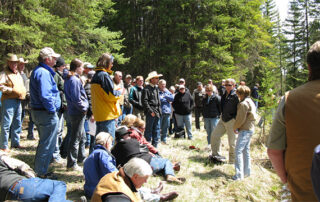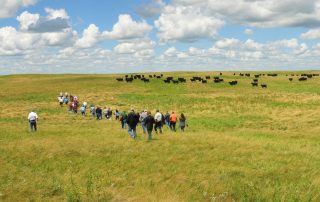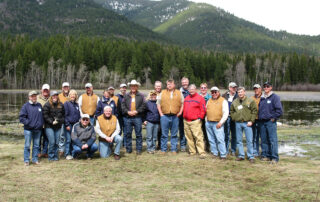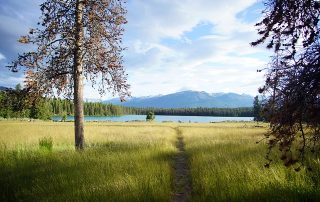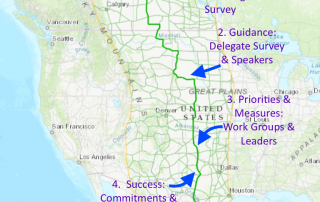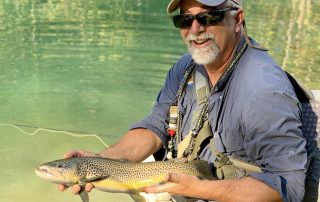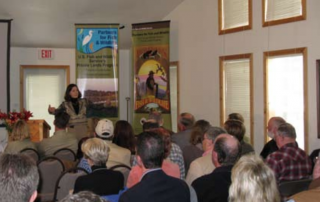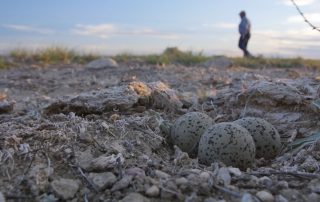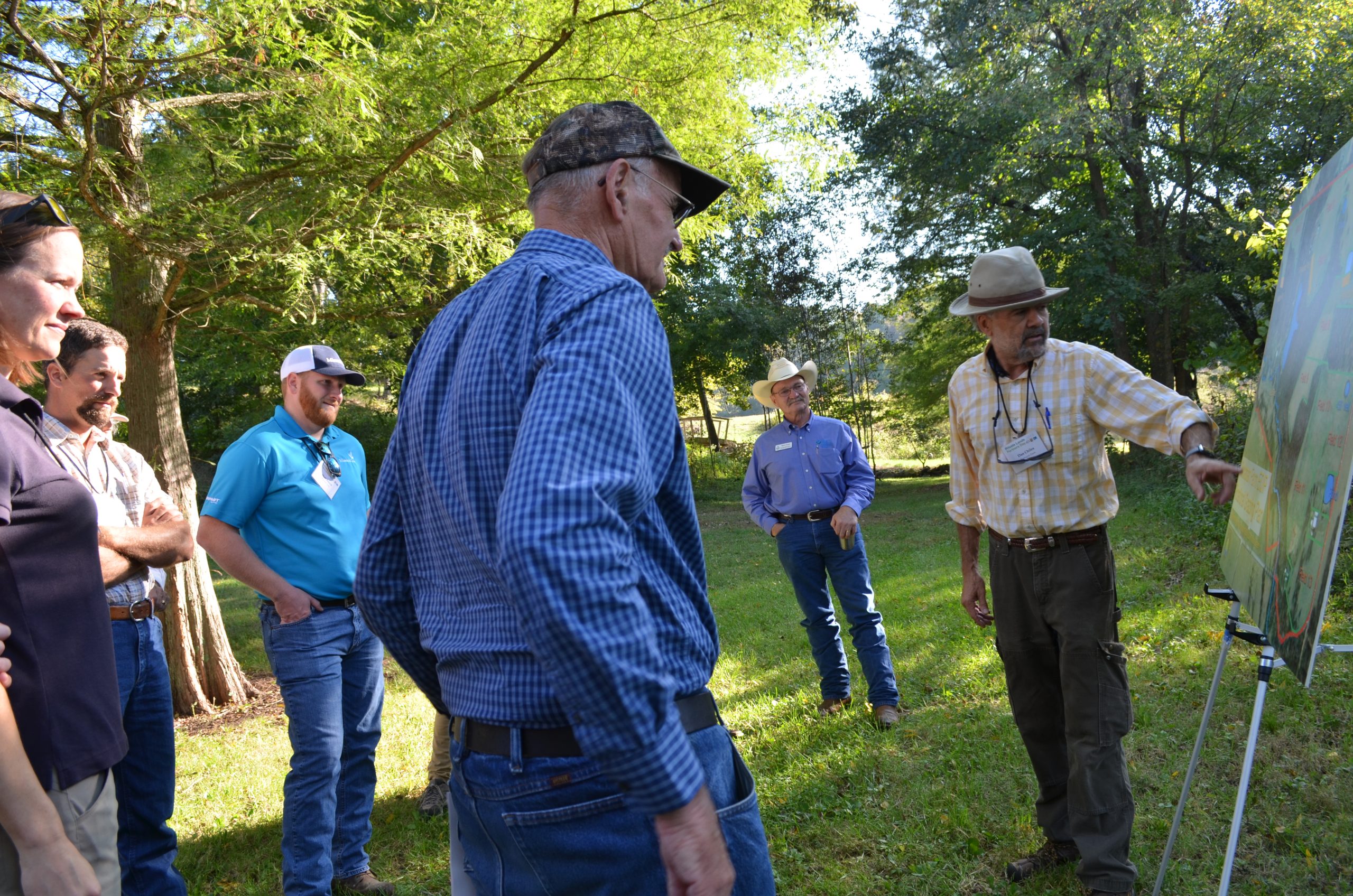NEWS
Save the Date! – Private Lands Partners Day October 4-6, 2022 in Fayetteville, Arkansas!
Private Lands Partners Day (in person) is back for 2022! We hope you can join us October 4-6 in Fayetteville, Arkansas for the original national gathering of landowners and conservation practitioners engaged in natural resource partnerships.
Western Collaborative Conservation Network (WCCN) Releases Recommendations on Institutionalizing Collaborative Problem Solving in Federal Natural Resource Agencies
The Western Collaborative Conservation Network is pleased to share recommendations developed over the last two years for those federal agencies, and by extension other agencies and organizations, that want to work collaboratively with local and landowner perspectives to ensure that collaborative approaches are an important part of their work.
Register Now for Virtual Private Lands Partners Day October 5th and 6th
Partnerscapes is excited to partner with USDA-NRCS and USFWS-Partners for Fish and Wildlife Program to offer a virtual Private Lands Partners Day on Tuesday October 5th (3:00 – 5:00 pm Eastern) and Wednesday October 6th (11:00 AM -1:00 PM). Register now!
Virtual Private Lands Partners Day 2021 Dates Set: October 5th and 6th
The Partnerscapes board has decided to host a virtual Private Lands Partners Day for a total of 4 hours split between October 5th and 6th in Fall 2021. We hope you can join us!
Partnerscapes to Host Virtual Private Lands Partners Day In 2021
The Partnerscapes board has decided to host a virtual Private Lands Partners Day in Fall 2021. Look for a Save the Date very soon!
Partners Develop a Central Grasslands Roadmap for North America
During 2020, a number of entities, organizations and individuals, including Partnerscapes, convened remotely in a series of sessions to increase the resiliency and sustainability of grasslands and the human communities they support across our continental central grasslands from Mexico to Canada. This effort is known as the Central Grasslands Roadmap.
Partnerscapes Seats Two New Directors
Welcome Salem Saloom and John Schmidt to the board of Partnerscapes!
We Three Ranchers of Collaborative Conservation
Three ranchers and board directors of Partnerscapes share their stories from the "origins" of what began as Partners for Conservation - and is still growing!
Facing Challenges Head on!
In 2001, rancher Russell Davis learned he had a bird on his land that the US Fish and Wildlife Service (USFWS) wanted to list under the Endangered Species Act: the Mountain Plover. The rest is history!
Report on Partners for Conservation First Virtual Panel Zoom Event
On August 12, Partners for Conservation Board Directors Jim Stone (Montana), Russell Davis (Colorado), Jay Tanner (Utah), Tom McAvoy (Connecticut) and Reese Thompson (Georgia) shared their experience working in partnership with conservation organizations and public agencies on efforts related to the conservation of sensitive wildlife species, or species that have [...]
Report on Partners for Conservation First Virtual Panel Zoom Event
In July 8th Partners for Conservation held its first virtual panel on conservation partnerships and the origins of Partners for Conservation using the Zoom platform. Those that know us well, know that we are first and foremost an in-person, ideally across-the-kitchen-table type of outfit! However using our tried and true [...]
Partners for Conservation Conducting Survey of Western Collaborative Conservation Efforts
Partners for Conservation is currently conducting a survey of over 260 collaborative conservation efforts underway in eight western states. One of the founding principles of Partners for Conservation is that collaboration gets work done, and in this survey we hope to learn more about these groups, what they are working [...]


